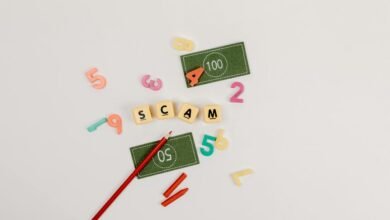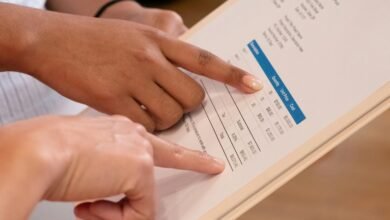1615188285 Callback Response Probability

The probability of receiving a response following a callback is a critical metric in customer interactions. It hinges on several factors including communication clarity, timing, and personalization. Analyzing these elements reveals underlying patterns that can either enhance or diminish response rates. Understanding how to manipulate these variables can lead to significant improvements in customer satisfaction. This prompts a closer examination of effective strategies that can be employed to optimize callback response probabilities.
Understanding Callback Response Probability
Callback response probability refers to the likelihood of receiving a response after initiating contact, often in contexts such as job applications, sales outreach, or customer service inquiries.
Analyzing callback metrics reveals that response timing significantly impacts outcomes. Understanding these probabilities enables individuals to optimize their outreach strategies, thereby enhancing their chances of achieving desired responses and fostering a sense of autonomy in their communication efforts.
Factors Influencing Callback Response Rates
While various factors can influence response rates, the clarity of the initial communication often plays a pivotal role.
Callback timing significantly affects responses, as calls made during optimal hours yield higher engagement.
Additionally, message personalization enhances connection, making recipients more likely to respond.
Together, these elements create an environment conducive to increased callback response rates, emphasizing the importance of strategic communication approaches.
Strategies to Improve Callback Response Probability
Enhancing callback response probability requires a multifaceted approach that integrates timing, personalization, and strategic messaging.
Optimal callback timing ensures alignment with customer availability, increasing the likelihood of engagement.
Simultaneously, message personalization tailors communication, fostering a sense of relevance and connection.
Analyzing the Impact of Callback Response on Customer Satisfaction
The effectiveness of callback strategies directly influences customer satisfaction levels. High callback effectiveness enhances customer perception, fostering a sense of value and responsiveness.
Conversely, inadequate callbacks diminish satisfaction, leading to negative perceptions. Analyzing these dynamics reveals that timely and efficient callbacks not only improve customer relations but also enhance overall loyalty, making them essential for businesses aiming to optimize customer experience and retention.
Conclusion
In summary, the intricacies of callback response probability underscore a pivotal aspect of communication strategy. By artfully refining elements such as clarity, timing, and personalization, organizations can gracefully enhance the likelihood of receiving favorable responses. This nuanced approach not only fosters a more gratifying customer experience but also cultivates enduring loyalty. Ultimately, a meticulous focus on these factors serves as a catalyst for improved interactions and outcomes, illuminating the path to success in customer relations.




